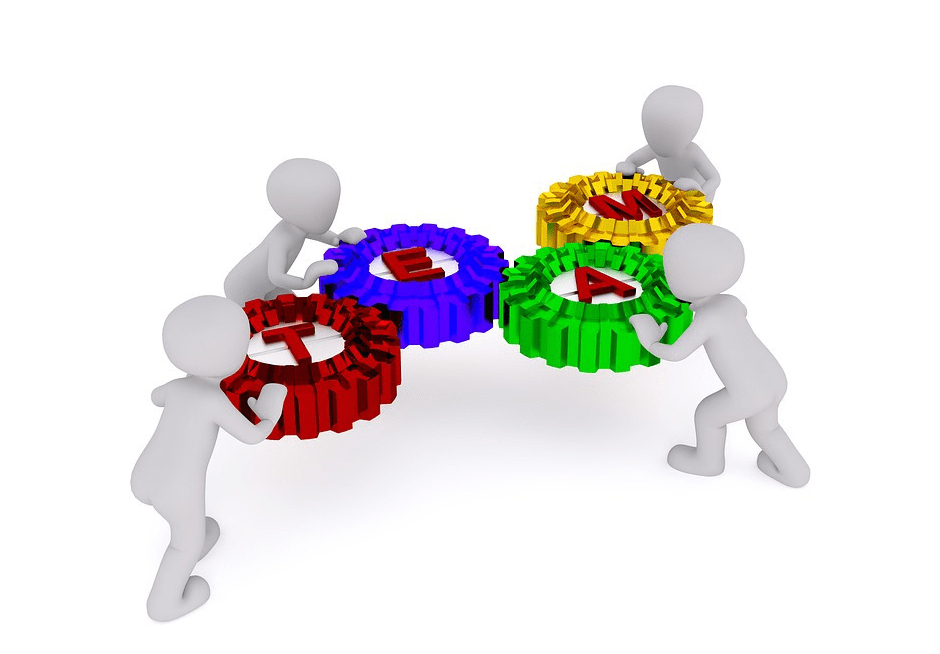Team Dynamics: the Force behind Successful Organizations

Team Dynamics
No two projects are the same. In spite of having all the strategies, all the approvals in place; one project has a smooth sailing while the other one has a turbulent ride. The success or failure of any project or any assignment in an organization depends a lot on the team dynamics of the department.
Team Dynamics refers to the camaraderie and energy in the team.
If the team dynamics are healthy then getting the things done becomes relatively easy and vice versa. Team Dynamics affects the profitability of the organization; it impacts the overall performance of the team as well as the motivation level of the team.
Poor dynamics in the team will hamper the growth of the team and the organization as a whole. Attrition rates also rise as employees don’t enjoy working in a team which functions poorly.
The quality of the work or the product of a team with strained dynamics is the lowest; the reason being that talented team members tend to either leave the organization due to the unpleasant work environment and/or they are unable to work with their full potential due to the negative attitude in the team. By virtue of the strained team dynamics, team members doesn’t feel like contributing their best to the project or the task they have been assigned, as they sense that putting forth their views or ideas might not be taken in the right spirit and the overall mojo for them is missing as well.
On the other hand, the trust factor in the team with good dynamics is really high. They work with each other collaboratively in order to achieve the goal they have been entrusted with. Because the team dynamics are good it gets reflected in their performance.
The team inculcating a positive attitude towards each other helps achieve good quality results at a faster pace.
Employees of the team, where the dynamics of the team are healthy work towards improving each other’s performance and abilities, they guide each other in getting the things done efficiently and effectively.
Communication is the nucleus of good team dynamics. There should not be any ambiguity in putting forth your point/s to anyone. One should take care that the same information is passed on to the team at the same time. Employees should be encouraged to work collaboratively for regular team interaction whether it be formal or informal as necessary. Engaging employees in team building activities is also helpful in establishing the team dynamics amongst the employees.
The person leading the team should be alert and avert any situation of conflict which might shake the foundation of the team and at the same time be able to level with them as the situation demands with respect and dignity and maintaining the privacy of the individual as maybe required. By doing this the team would be protected and the productivity of the team will be exponential.





